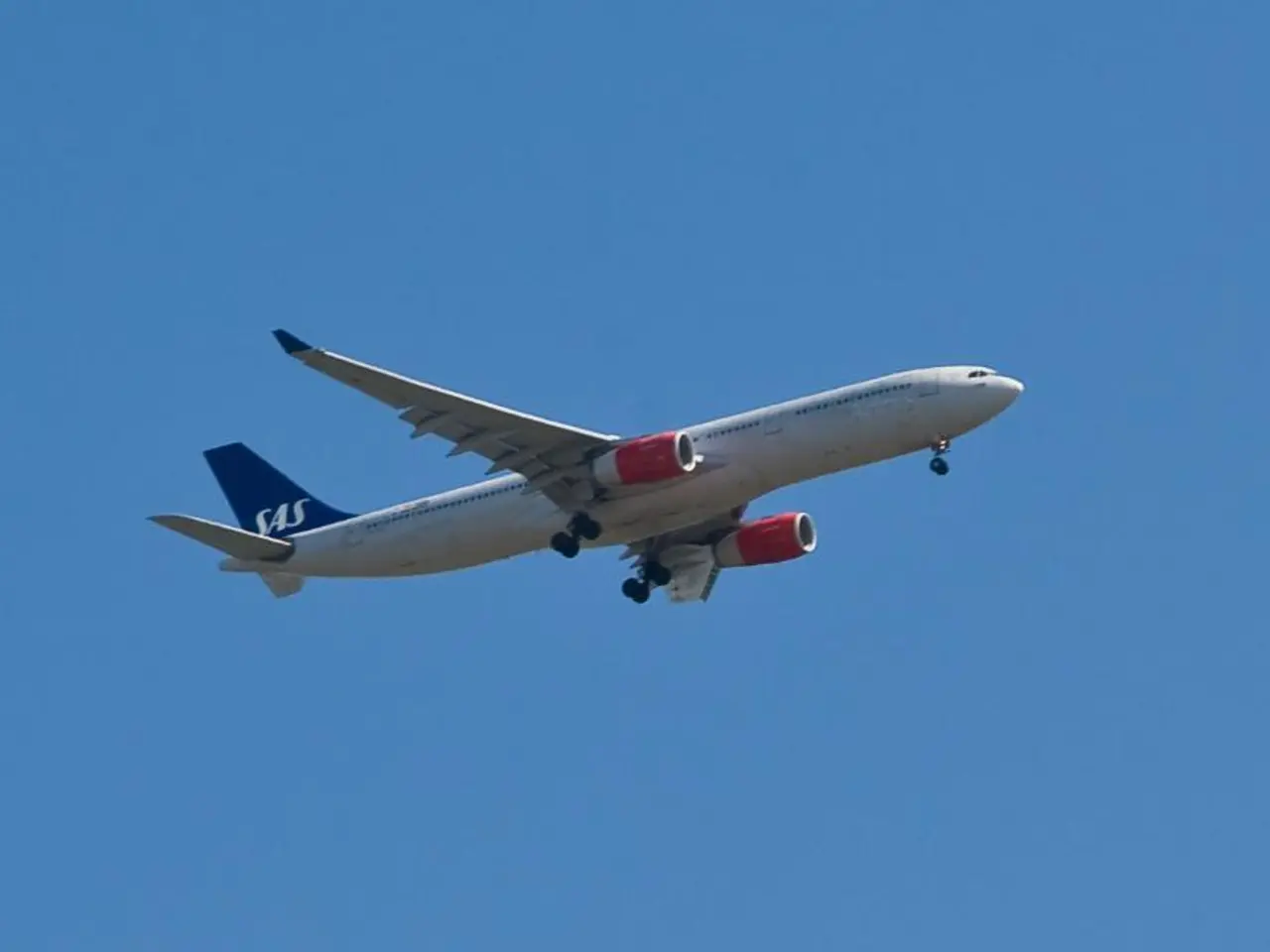Exploring UAVM (Unmanned Aerial Vehicle Middleware) and its Functionality
In the rapidly growing world of drone technology, UAV Middleware (UAVM) has emerged as a crucial component in enabling seamless integration across diverse drone platforms. This software acts as an intermediary, connecting a drone's hardware components with higher-level software, simplifying communication between systems and allowing for the management of drones without directly interfacing with the hardware.
UAVM is essential for scaling drone operations, particularly as drone fleets grow more diverse and missions become more complex. It provides the flexibility to build custom software stacks in enterprise environments and autonomous drone operations. Operators use UAVM in a variety of settings, from construction companies unifying flight planning, image capture, and real-time monitoring for drones from multiple manufacturers, to defense applications enhancing coordinated decision-making and safety in tactical operations.
One of the key features of UAVM is its ability to manage diverse drone fleets efficiently and support standardization across mixed fleets. This reduces development time and ensures that data can be shared and integrated seamlessly, creating a coherent operational picture for operators and command centers.
Data from the drones flows into a central dashboard, allowing site managers to monitor progress and asset conditions without switching tools or retraining staff. Real-time communication is facilitated through UAVM, with continuous, bidirectional communication links between drones and control units, enabling updates, commands, and telemetry to flow smoothly.
Security is paramount in UAVM, with encryption protocols enforced to secure data links against interception or tampering, crucial in sensitive or tactical applications. UAVM also operates across multiple data layers, from onboard device data acquisition to edge/fog processing (data preprocessing near the source) and cloud-based storage and analytics.
MAVLink, an open-source protocol, is commonly used in UAVM for communication between drones and ground stations. This open-source nature allows for flexibility and adaptability, essential in the rapidly evolving field of drone technology.
Advanced features enabled by UAVM include AI processing, remote diagnostics, and autonomous flight. These features are transforming the way drones are used, from improving efficiency and safety in commercial operations to revolutionizing tactical applications in the defense sector.
In conclusion, UAV Middleware is central to enabling reliable, secure, and efficient UAV operations by orchestrating data flows, enhancing situational awareness, and supporting operational control. As drone technology continues to evolve and expand, the role of UAVM in streamlining these operations will only become more significant.
[1] Defense-oriented middleware like the Situational Awareness Data Link (SADL) integrates radios, GPS, and mission software to support secure, shared situational awareness among multiple drones and manned aircraft.
[2] Middleware also underpins commercial and civilian UAV operations by managing data and communications essential for Beyond Visual Line of Sight (BVLOS) flight safety, fleet management, and regulatory compliance.
[3] In terms of architecture, UAV middleware typically comprises the device layer, fog layer, and cloud layer. The device layer is where sensors collect raw data onboard the UAV, the fog layer is for intermediate processing (filtering, fusion) close to drones to reduce data volumes sent further, and the cloud layer is for long-term storage, complex analysis, and visualization for operators and decision-makers.
Read also:
- Industries Under Jeopardy Due to Multi-Accounting: Prevention Strategies Revealed in 2024
- Enhances Precision in Semiconductor Manufacturing through Laser Marking, Dicing, and Scribing by Laser Photonics and CMS Lasers
- Analysis Report on Denmark Data Center Investment (2025-2030) | Growth Potential for Space and IT Load Capacity in 27 Existing Facilities, 5 New Facilities, and 9 Cities – ResearchAndMarkets
- Rapid Expansion in Super Apps Market at a Staggering 28% Rate








